From Forbidden City to creative dynamo
In the early 1990s Eindhoven, an industrial city in the South Eastern part of the Netherlands, was hit by two crises. Philips, the electrical giant around which the City had grown, decided to close down manufacturing in the City and buy from the East. Shortly after DAF, the major Dutch motor company went bankrupt.. 30, 000 people lost their jobs, a third of the total, buildings emptied in the heart of the city, and the city had to reinvent itself. Yet today, the area accounts for a third of the country’s exports, and is recognised internationally as one of the world’s most innovative cities. The Rough Guide in 2003 said ‘ultimately more visitors come her for business, not pleasure and it shows’ , yet it has become a major leisure and shopping destination, especially for young people .
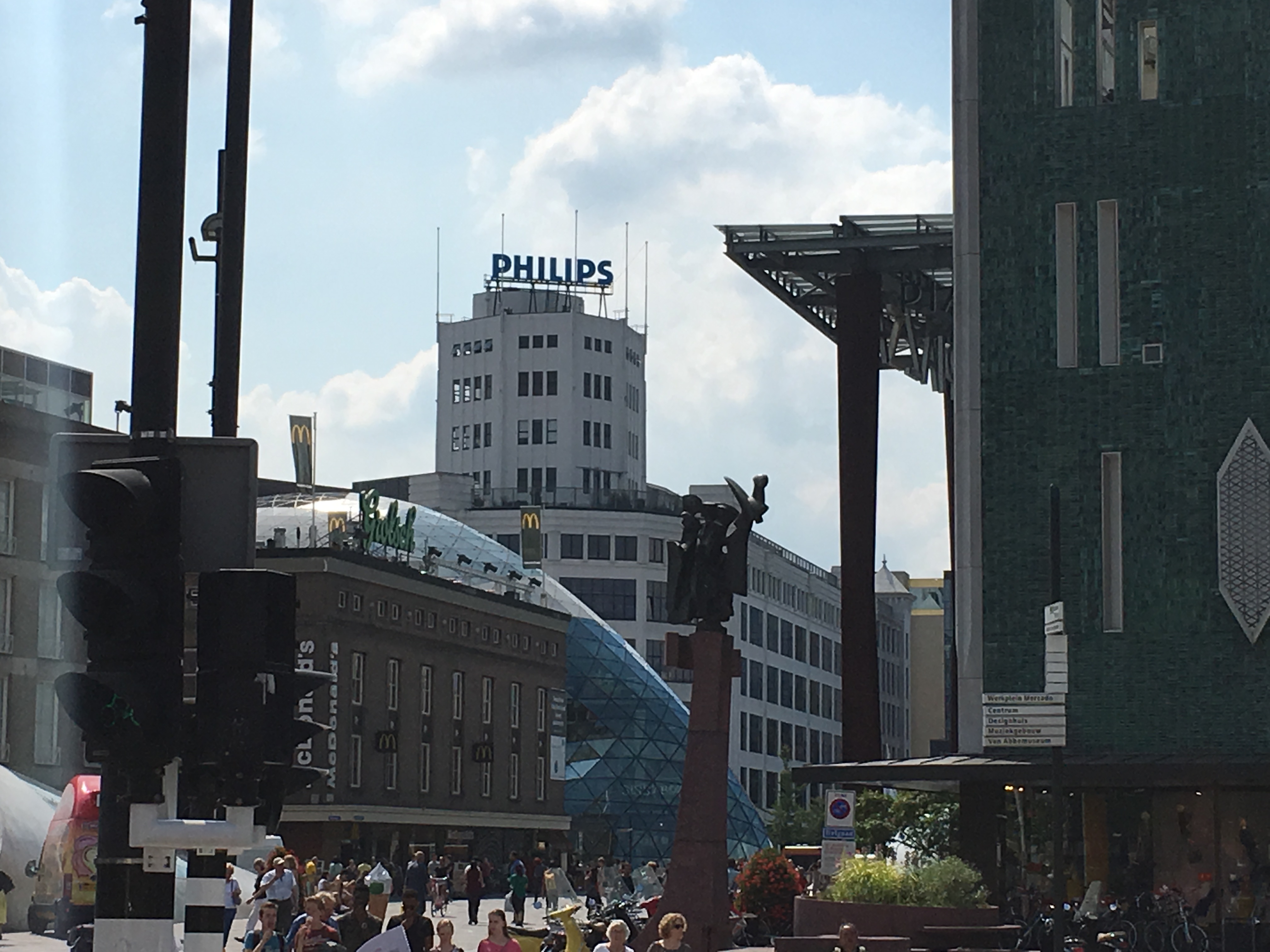
Visiting the city as part of a team from the Academy of Urbanism there to assess it for the Great European City award, and meeting key actors in an exciting three days, set me thinking again about how cities can change direction, and what it takes to do that. Indeed the Mayor spoke about the city’s DNA, and a process of organic co-creation that is replacing the old ‘top down mechanical model’ which created the ugly downtown areas of the 1960s. So transformation has to be more than physical.
‘Creative destruction’ and the Triple Helix
The crises of the 1990s led to three people coming together: a former Mayor, the leader of the main industrial companies, and the head of the university, one of three Technical Universities in the Netherlands. These three formed what became known as the Triple Helix., and encouraged all 21 municipalities in South East Brabant to contribute to a regional Stimulation Fund. This was then doubled by the European Union. Importantly projects were often led by the business community. One result was the idea of Brainport Eindhoven, to compete with the much large cities of Rotterdam and Amsterdam.
The closure of Philips released thousands of skilled engineers and researchers, who wanted to stay in Eindhoven. They provided the raw material for a whole new set of industries, such as AMSL, who make the machines that slice up the wafers used in silicon chips – and who are now as large as Philips. So Schumpeter’s theory of ‘creative destruction’ as the key to successful capitalism seems to have worked!
Co-creation and innovation
The current Mayor, Rob Van Gizel, came from a national political career to lead the city in 2008. His book The City that Creates the Future stresses the importance of experimentation and collaboration, a process which grew naturally out of being a poor agricultural area where cooperation was essential for survival. The most inspiring place we visited was Strijp S, just one of the huge old Philips factories that has been turned into a creative hub. A roof garden on top, over loft apartments, with shops and business units on the ground floor, the development has been led by TRUDO, a local housing association www.klokgebouw.nl , which has developed some 5,000 units there.. Significantly this forms on of a hundred centres for the Design Week that draws over 200,000 people into the centre of Eindhoven.

It is the proximity of other creative people, some 2,500 designers for example, that enables the inter-trading that enables new businesses to take off so readily, and to survive the birth pains. A beer with friends at the end of the day before cycling safely home provides a quality of life that never be replicated on the Internet. So too does the easy availability of a wide choice of housing, with some 20,000 now living in the centre, ten time the number of a few decades ago.
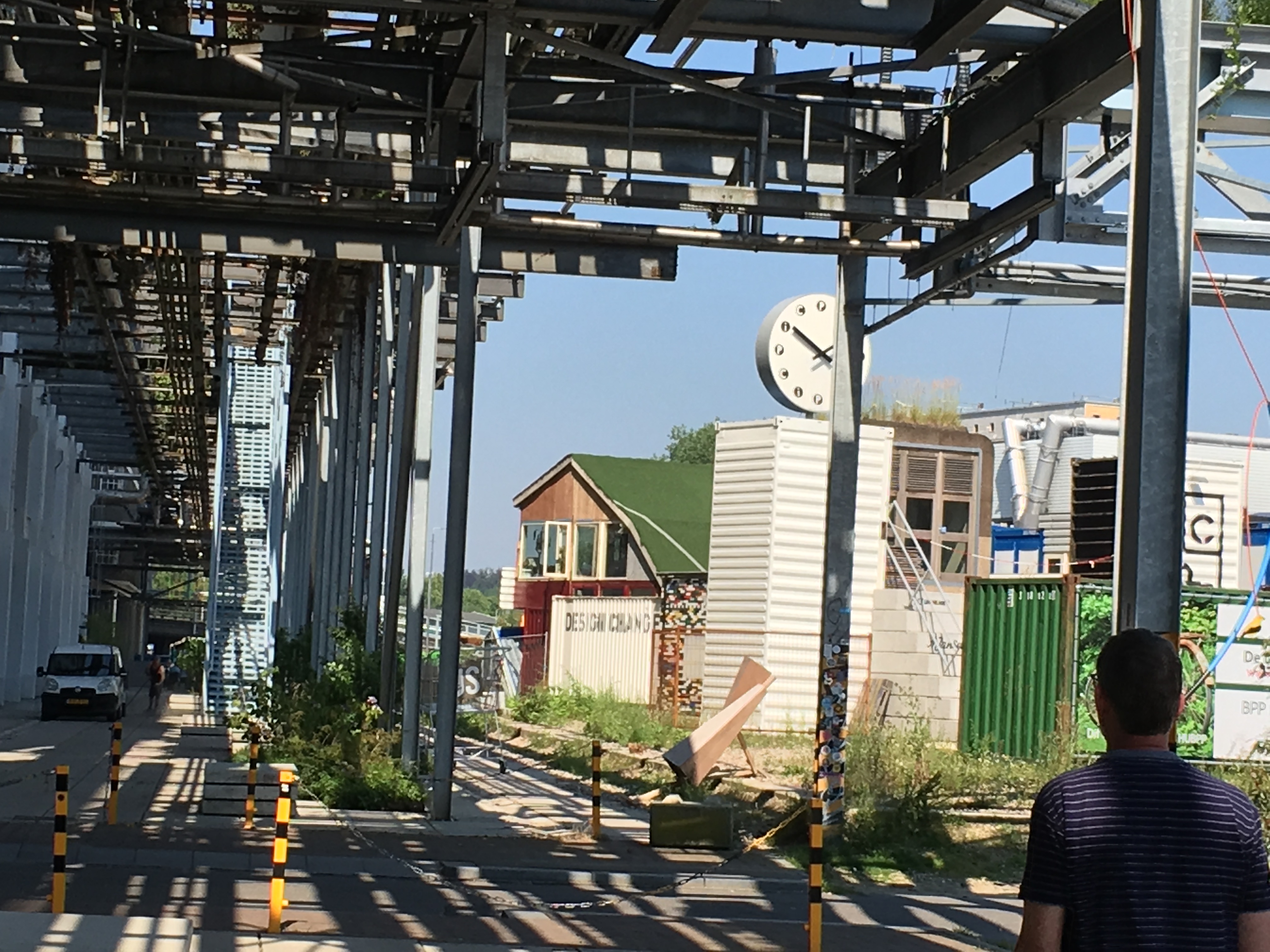
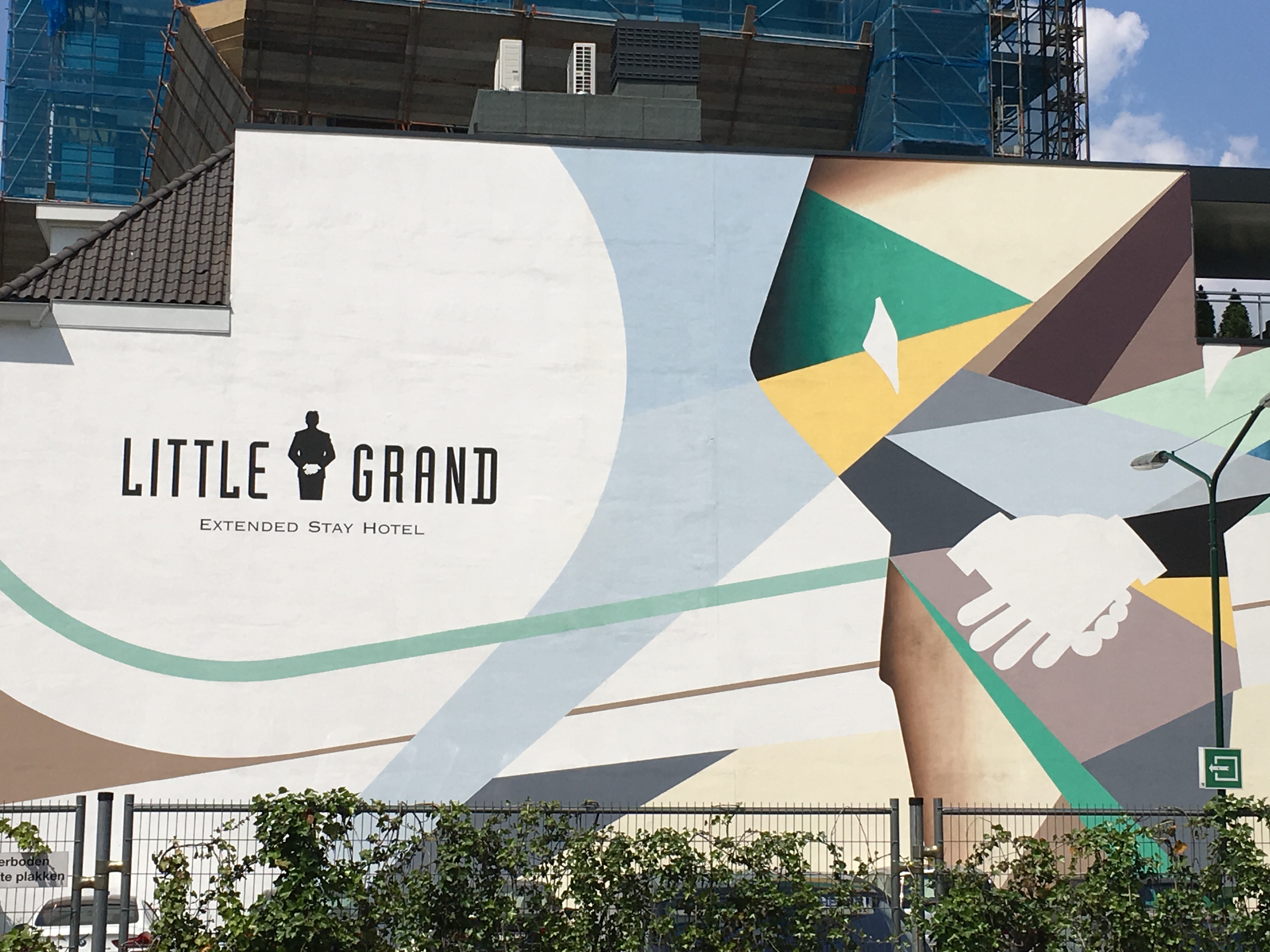
Housing associations have taken up opportunities that conventional developers would ignore, and are involved in providing discounted housing for sale –smart housing – as well as renting to a much wider range of people than in the UK. Because housing is affordable, young people stay and go on to bring up families in the city. This is because of much better access to both land and finance, and while Eindhoven promotes itself as the Garden City because it has so much green space, it is in the form of green fingers, not a green belt. Eindhoven is in the forefront of innovations to make healthier living easier, and, for example, is using lighting to change the atmosphere of areas where conflicts might take place, such as bars.
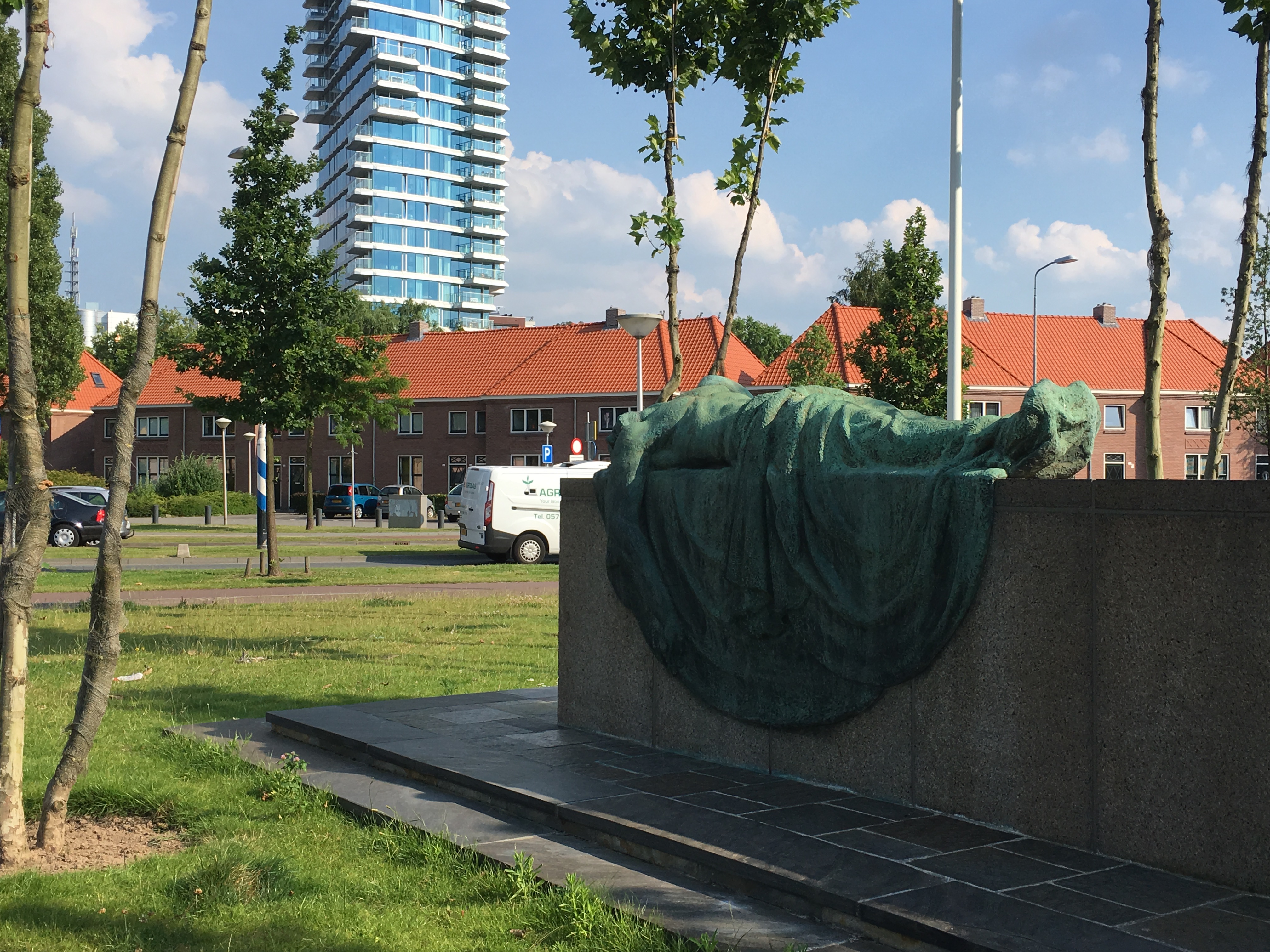
The Eindhoven Connection
In a beautiful book of photographic essays, Thom Aussems, the Chief Executive of the TURBO, the housing association that has transformed part of Stripj S, explains the importance of face to face contact and cross-pollination in innovation. Housing associations account for about half the new homes built in the Netherlands, and TURBO has gone further in providing workspace and shop units, as well as organising festivals. Being a medium sized city has its advantages as ‘Nature is just a short bike ride away.’
In a project to regenerate a run-down housing estate, students were offered flats at a discount of a hundred euros a month in return for spending 10 hours a week helping children with their homework. There are now 50-60 voluntary activities, and the local school was the best in the South East of the country. Thom contrasts the situation in Eindhoven with Manchester, which he loves, but where the wage levels are among the highest in the UK but residents’ incomes among the lowest. He sees the challenge as creating balanced communities, and taking over old buildings has provided the means.
A Europe of collaborating cities
Significantly the Mayor’s book carries a foreward by Benjamin Barber, American author of If Mayor Ruled the World: Dysfunctional nations, Rising Cities. In response to dissatisfaction with the European Union, and the Grand Challenges such as energy, poverty and ageing, in his book Rob van Gijsel asks ‘why not use all that power to combat European disintegration? Why don’t we create a framework which enables urban areas in Europe to interconnect, interactively and intensively, in schemes and substantive alliances which focus on tomorrow’s challenges?’
Significantly Einhoven is already partnering with Manchester and Stavanger on a project to improve mobility and sustainability at neighbourhood level. For example 3D models are being used to see how changing their homes could affect comfort, energy consumption and costs. Eindhoven is already a great example of a ‘Well-connected city’, with an airport only 20 minutes by bus from the railway station thanks to segregated bus lanes, while frequent and cheap trains connect it with other cities, such as nearby Den Bosch. The connections are multiplying.
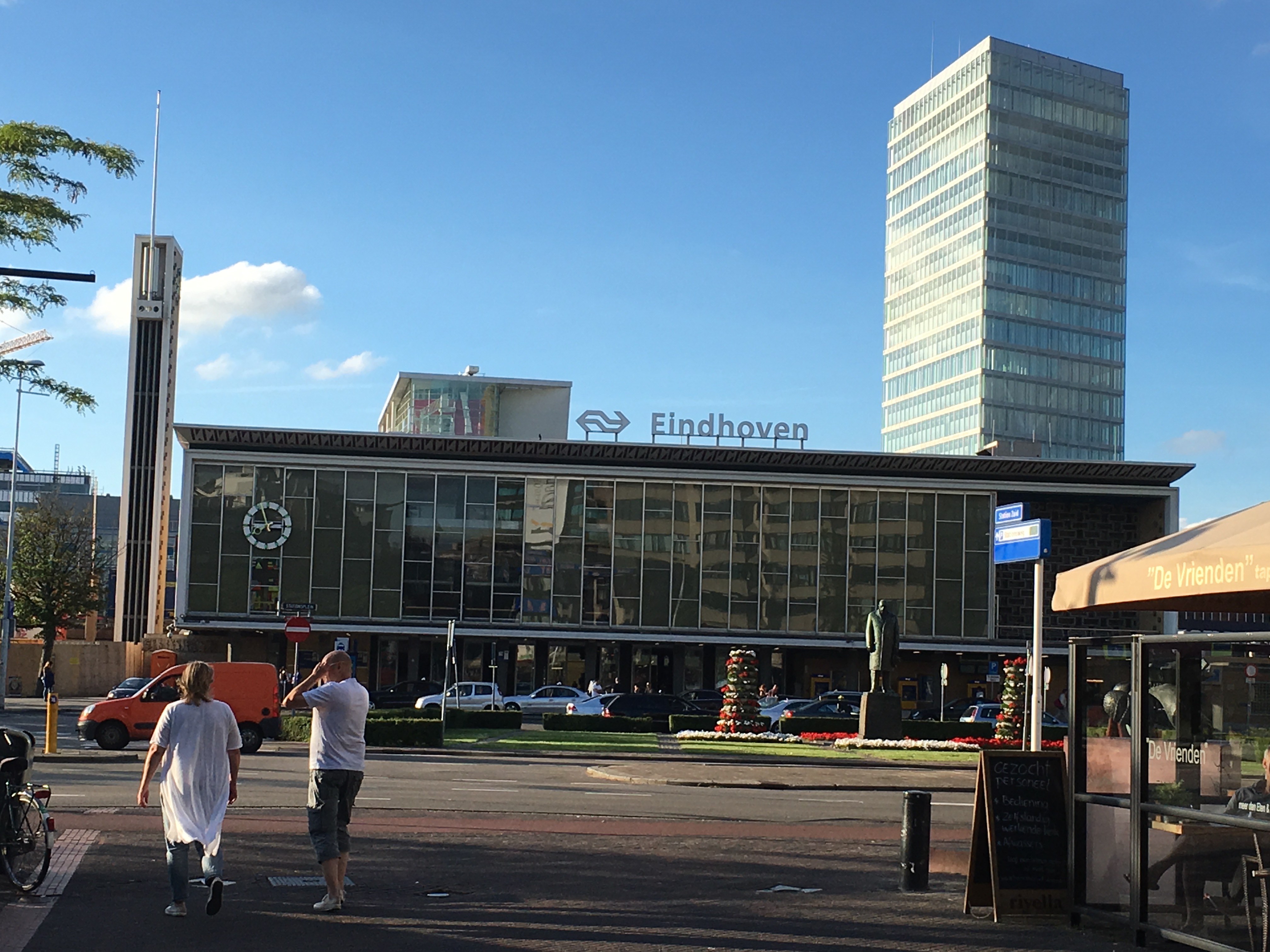
Conclusion
Having spent the weekend visiting the pretty old towns of Maastricht and Den Bosch, I was struck by how a city on the move can excited the passions of those who work for and with it, even when resources are tight, and the attractions are less obvious. Eindhoven prides itself on ‘doing things’ when people in The Hague or Amsterdam are only talking. Perhaps this spirit can be exported to more of Britain’s ex-industrial cities as they are forced to start thinking for themselves?
[googlemaps https://www.google.com/maps/embed?pb=!1m18!1m12!1m3!1d726850.792025661!2d5.286466569711421!3d51.5127530908245!2m3!1f0!2f0!3f0!3m2!1i1024!2i768!4f13.1!3m3!1m2!1s0x47c6d91b5579c39f%3A0xf39ad2648164b998!2sEindhoven%2C+Netherlands!5e0!3m2!1sen!2suk!4v1475510375373&w=600&h=450]

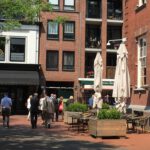
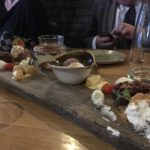
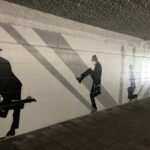

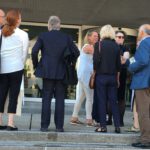
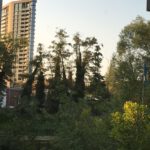
Thanks, Nick. Very inspirational.
What exactly did the city do to attract new businesses that could mop up 30,000 skilled workers? Were they offered very low cost premises? Tax breaks? Subsidised wages?
Providing flexible space in old buildings helped attract new firms. So too did a creative image. The key was municipal leadership.
Other views would be welcome
Nick
Sent from my iPhone Nicholas Falk URBED 07811 266538
>